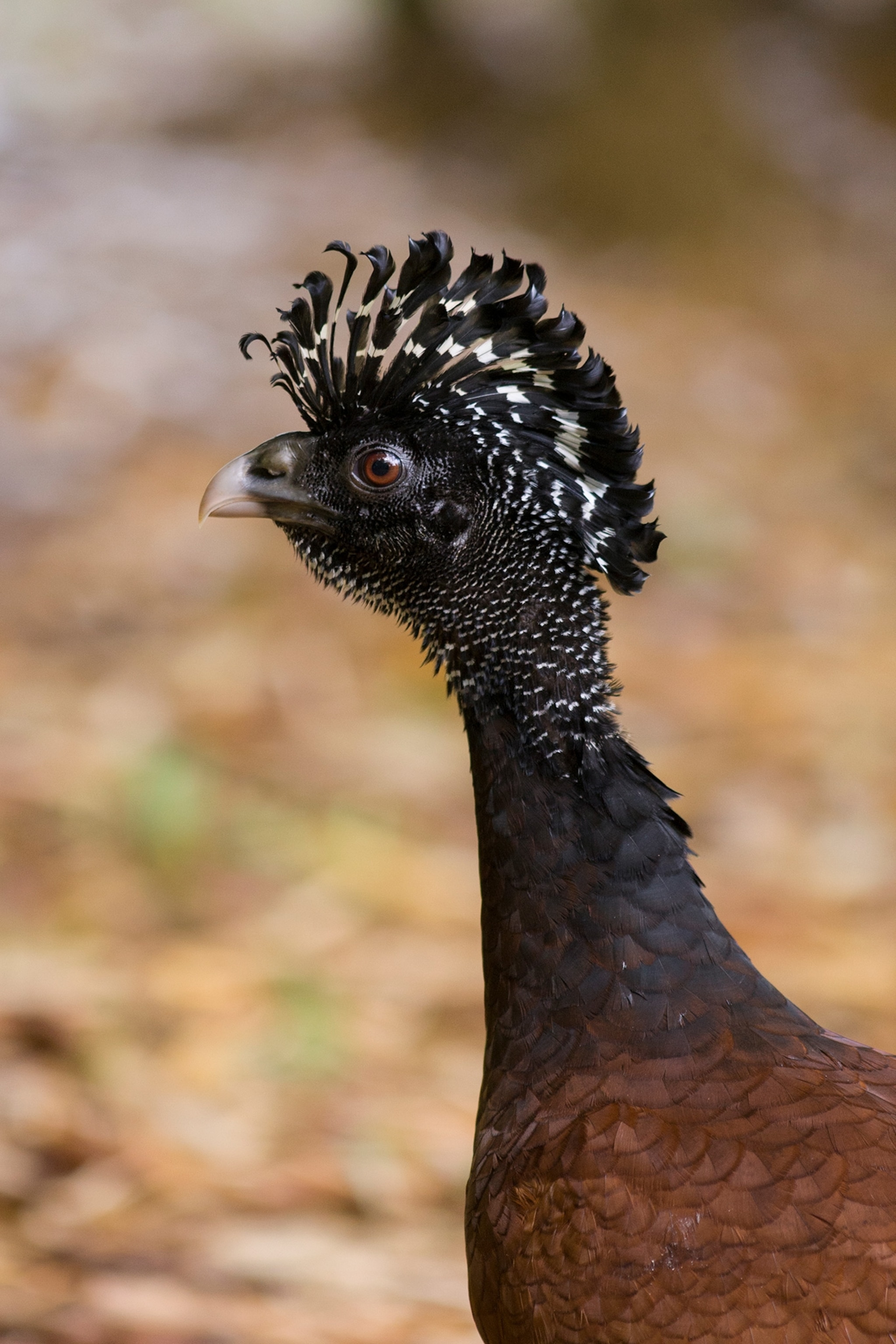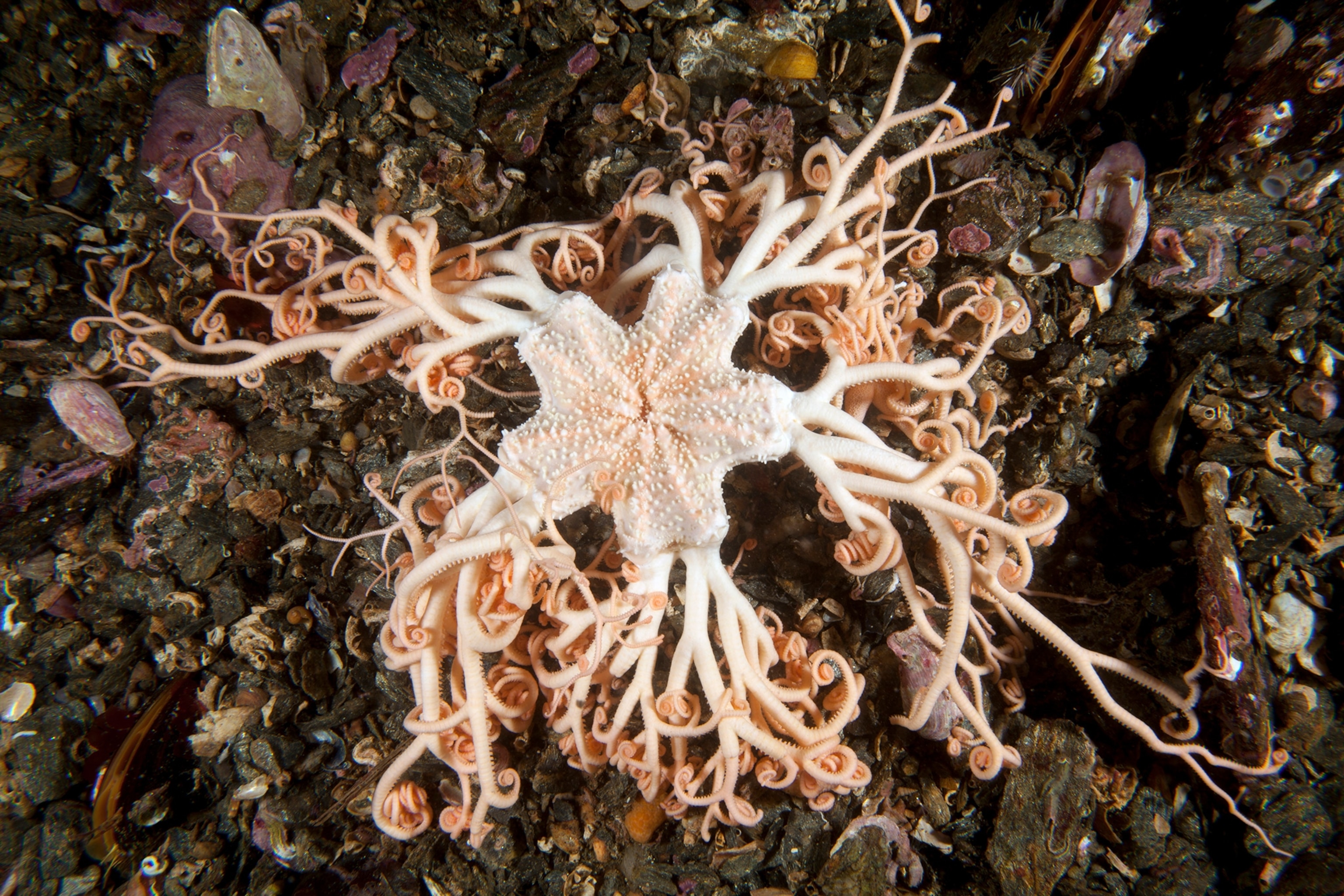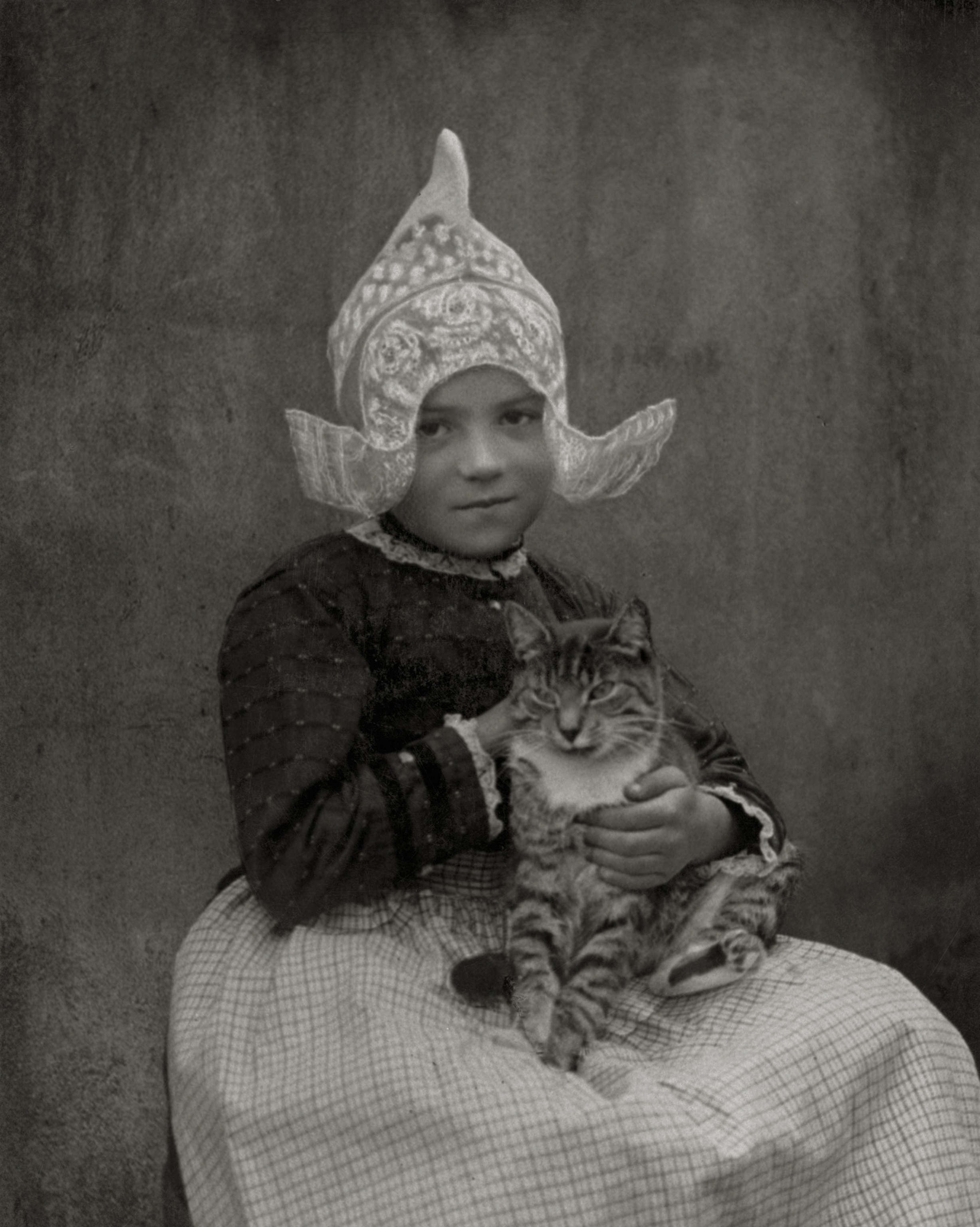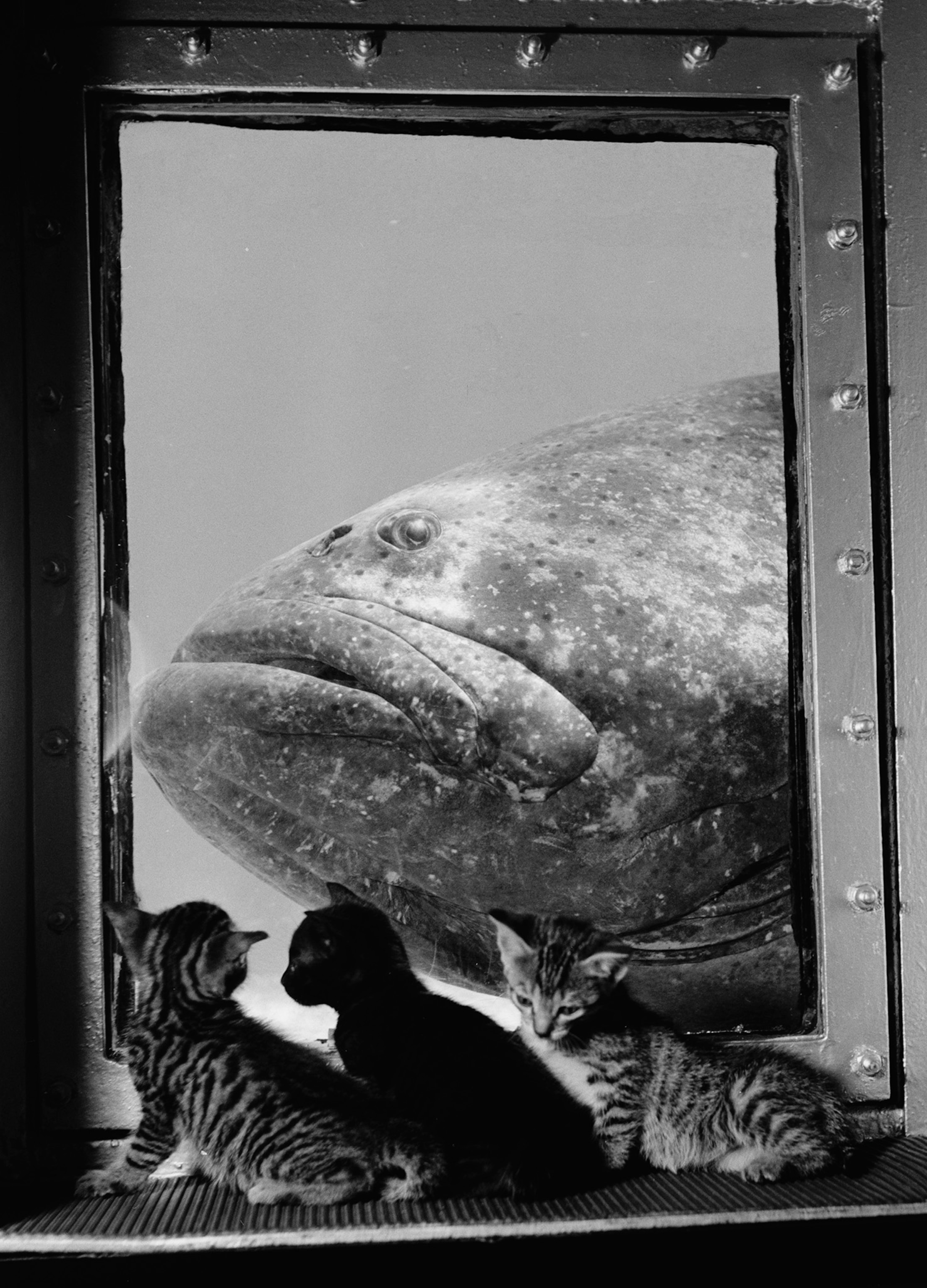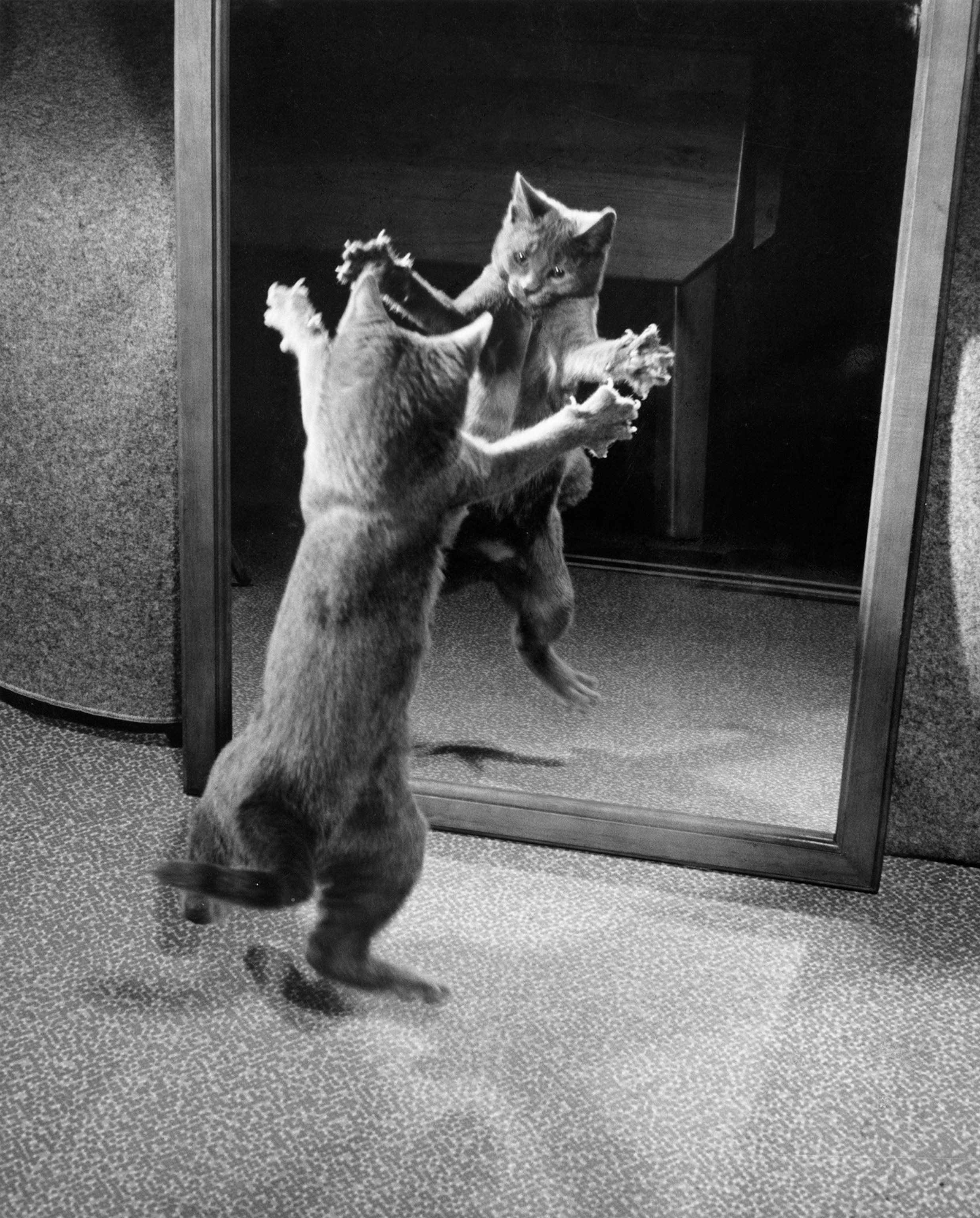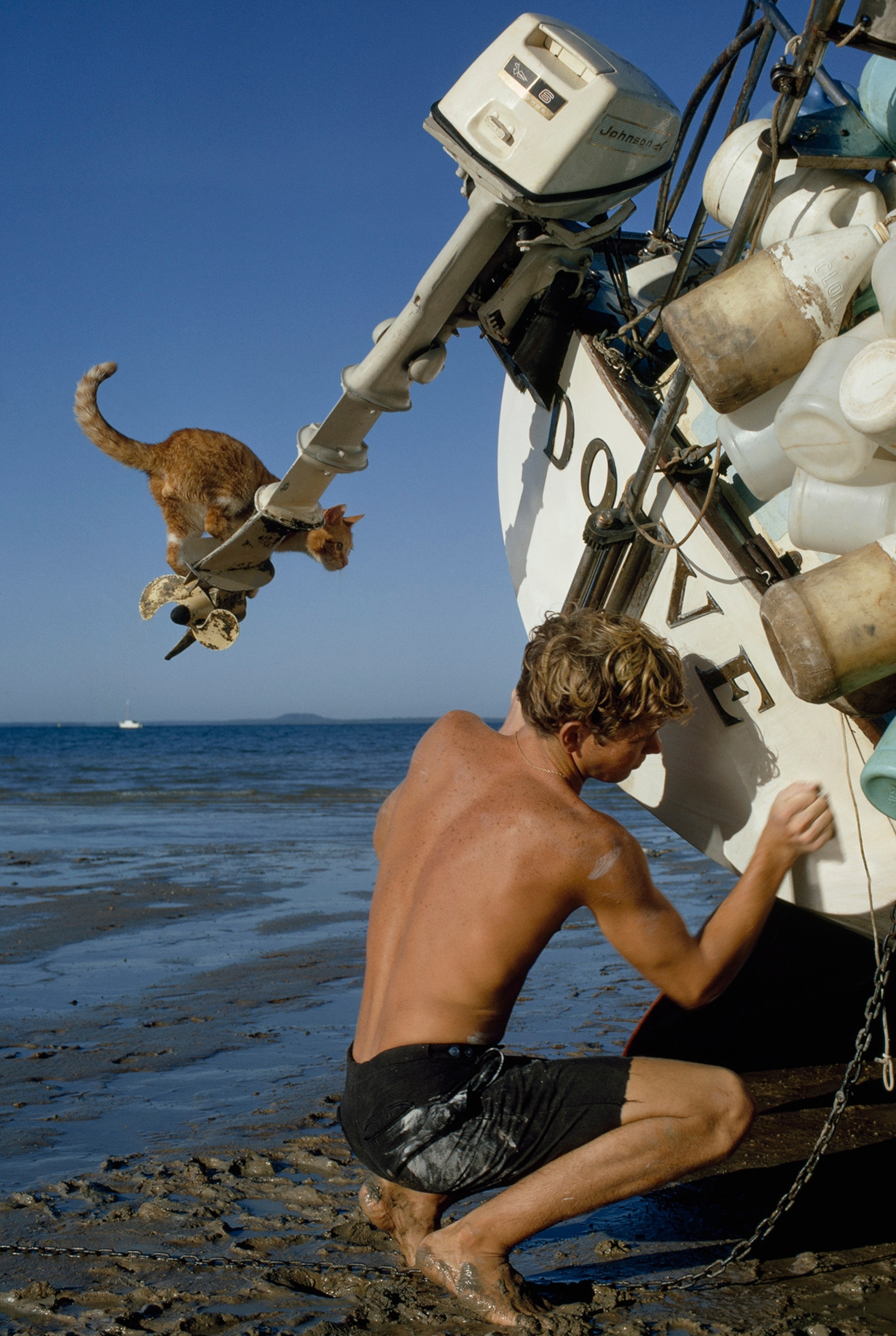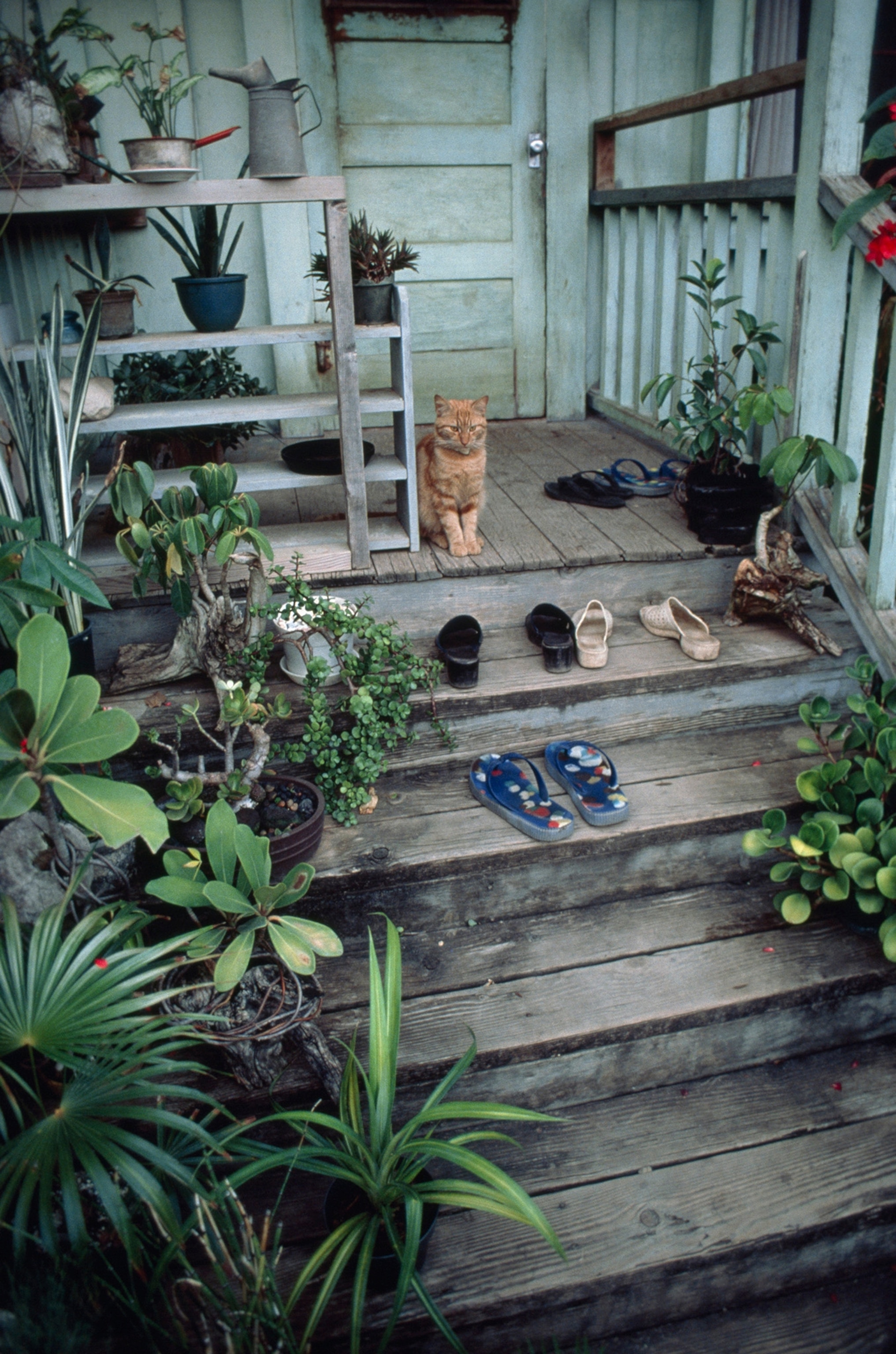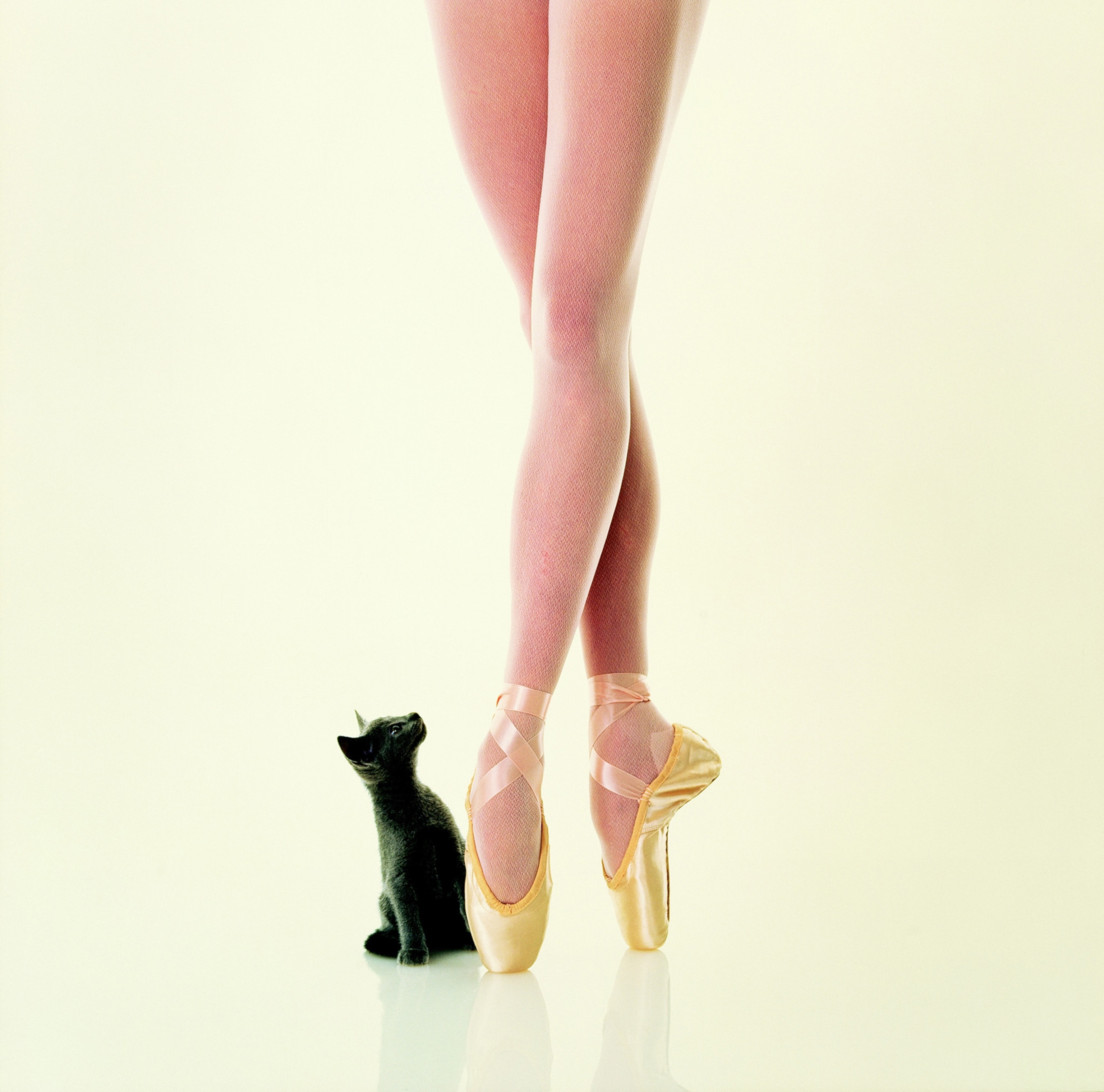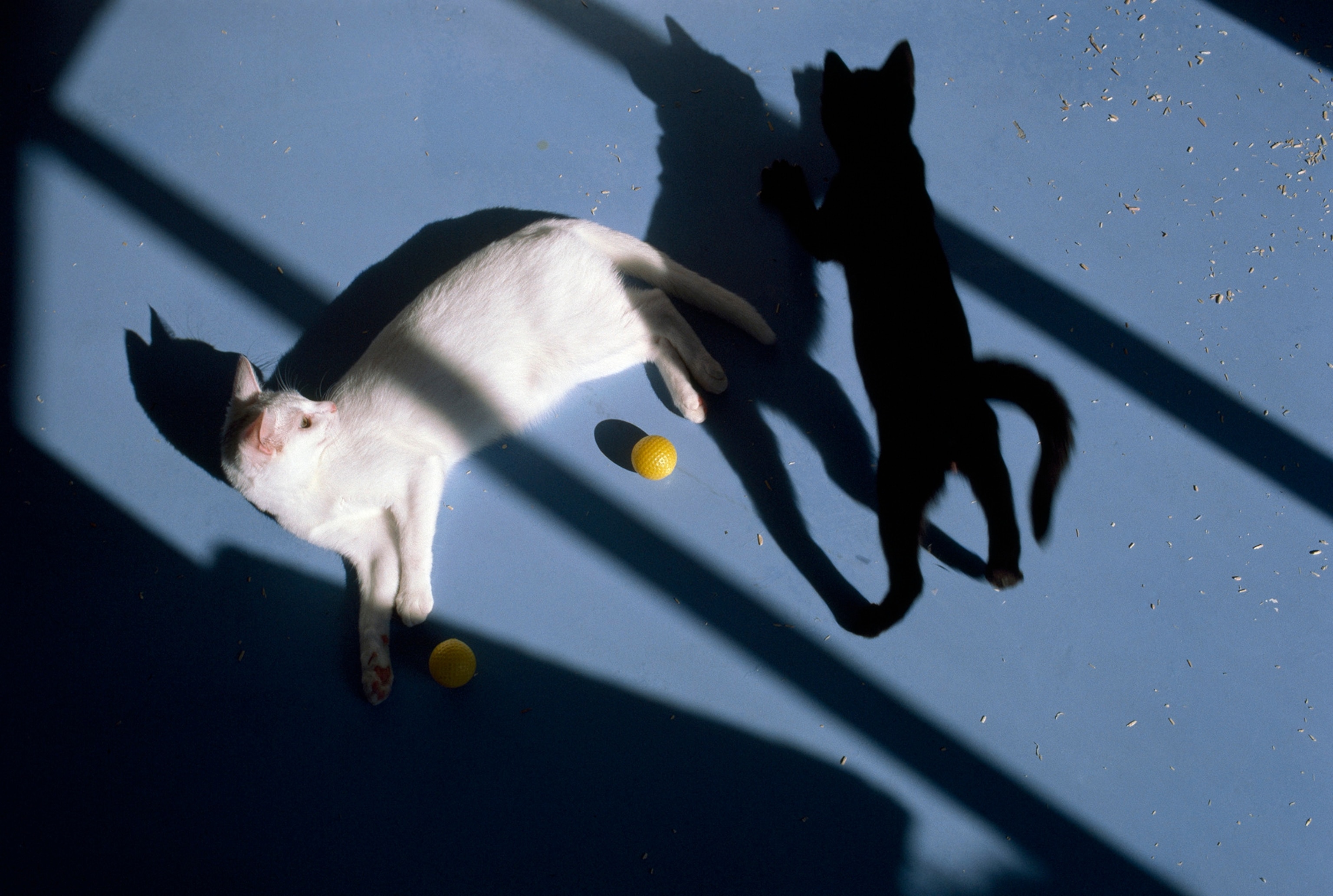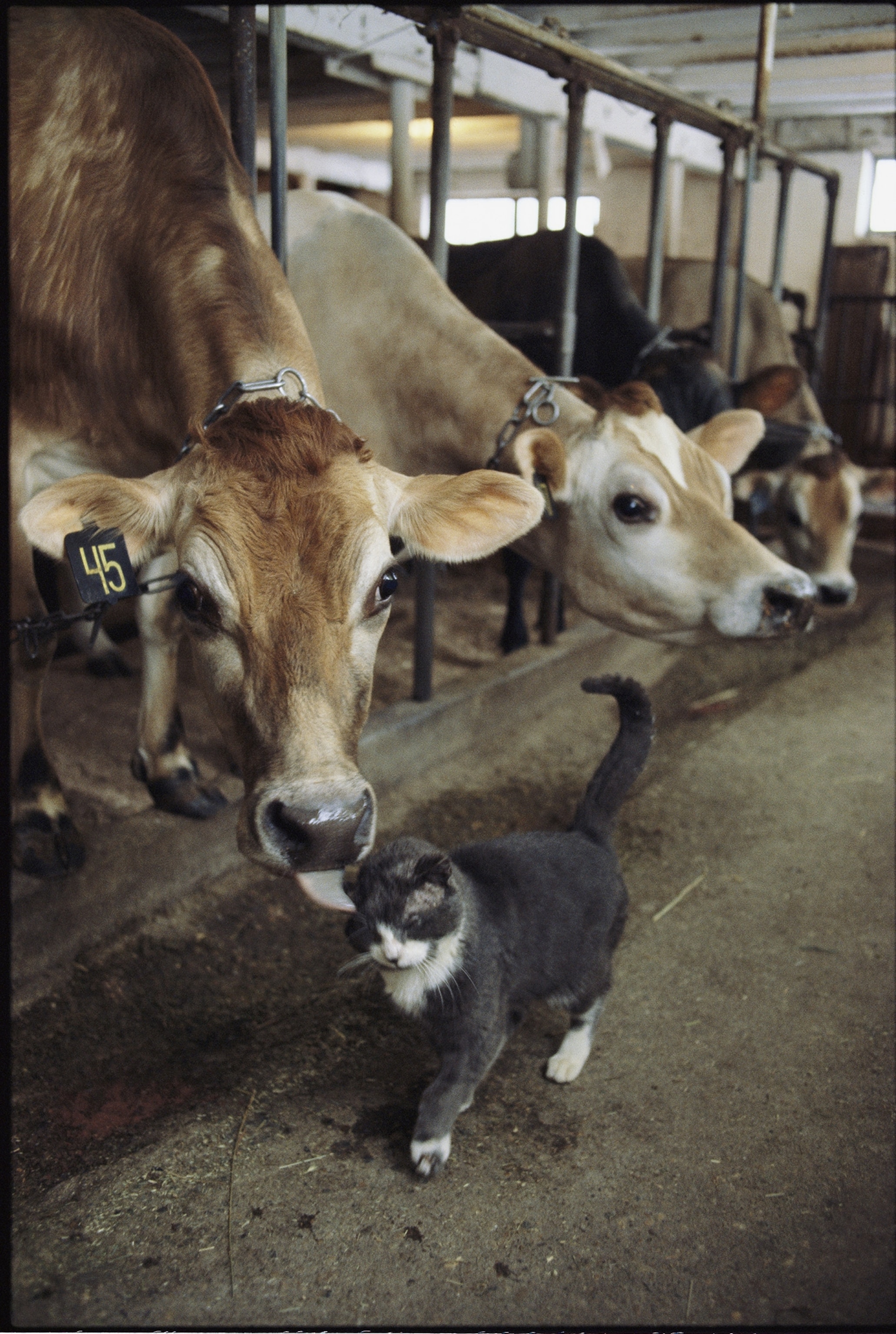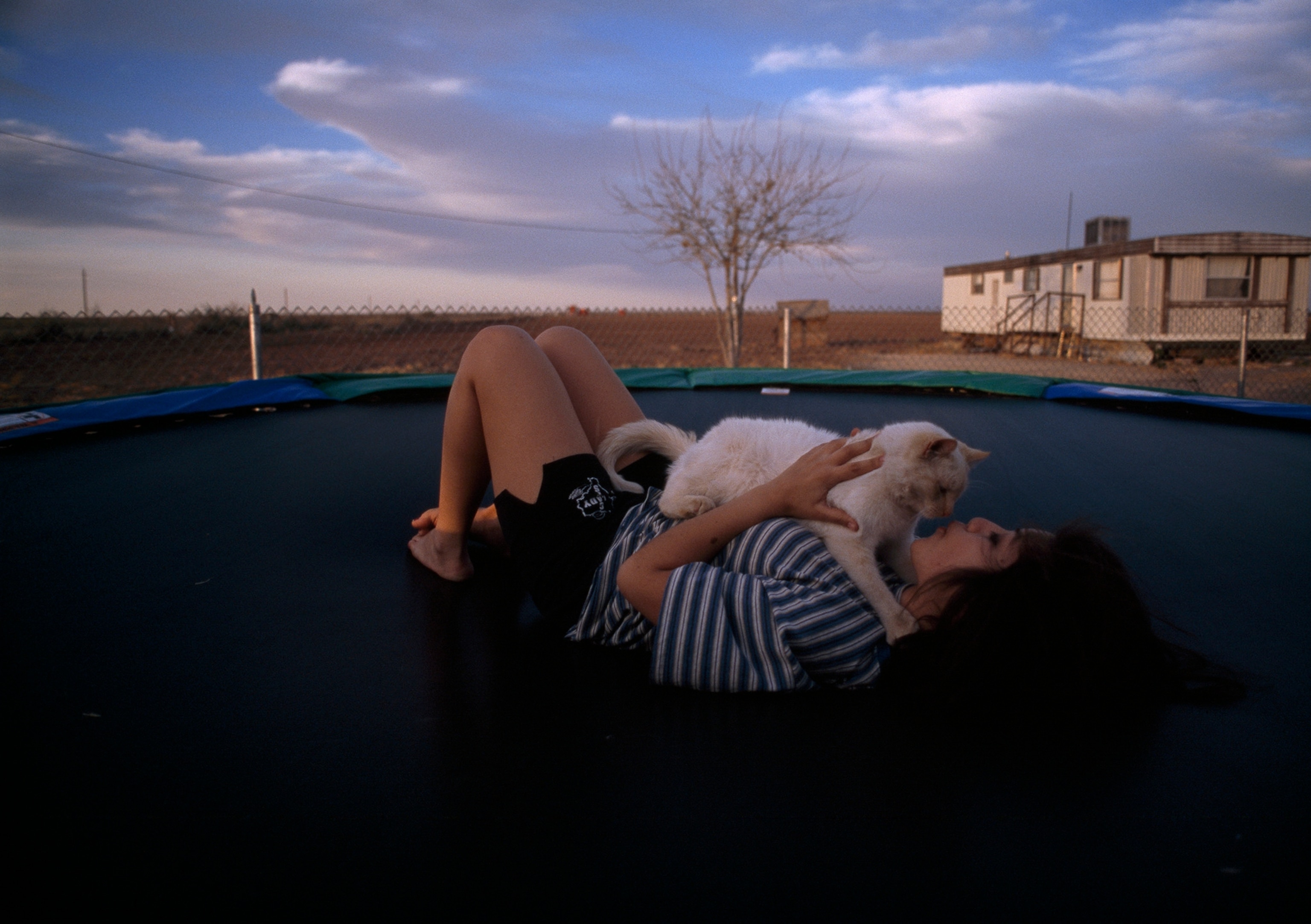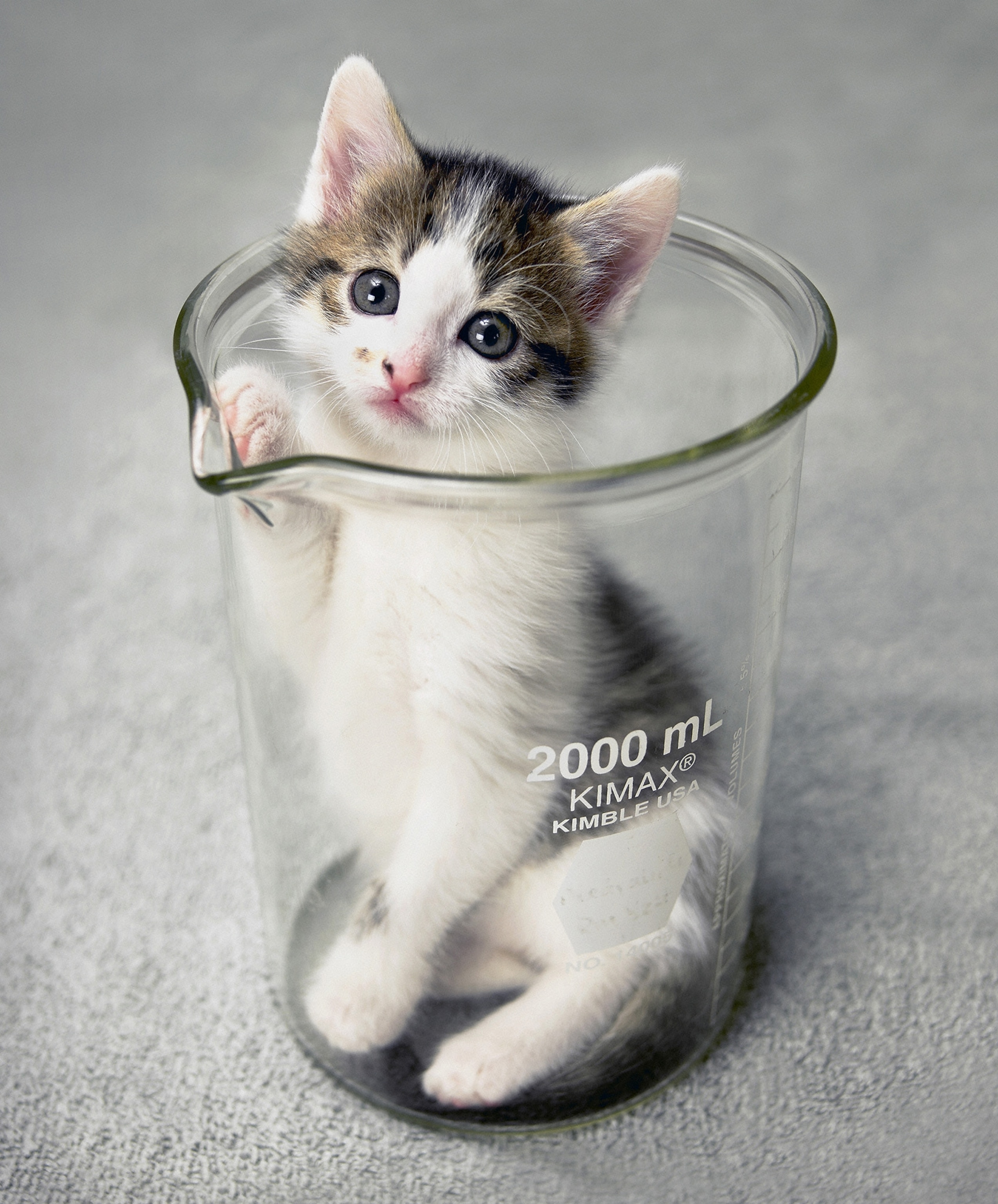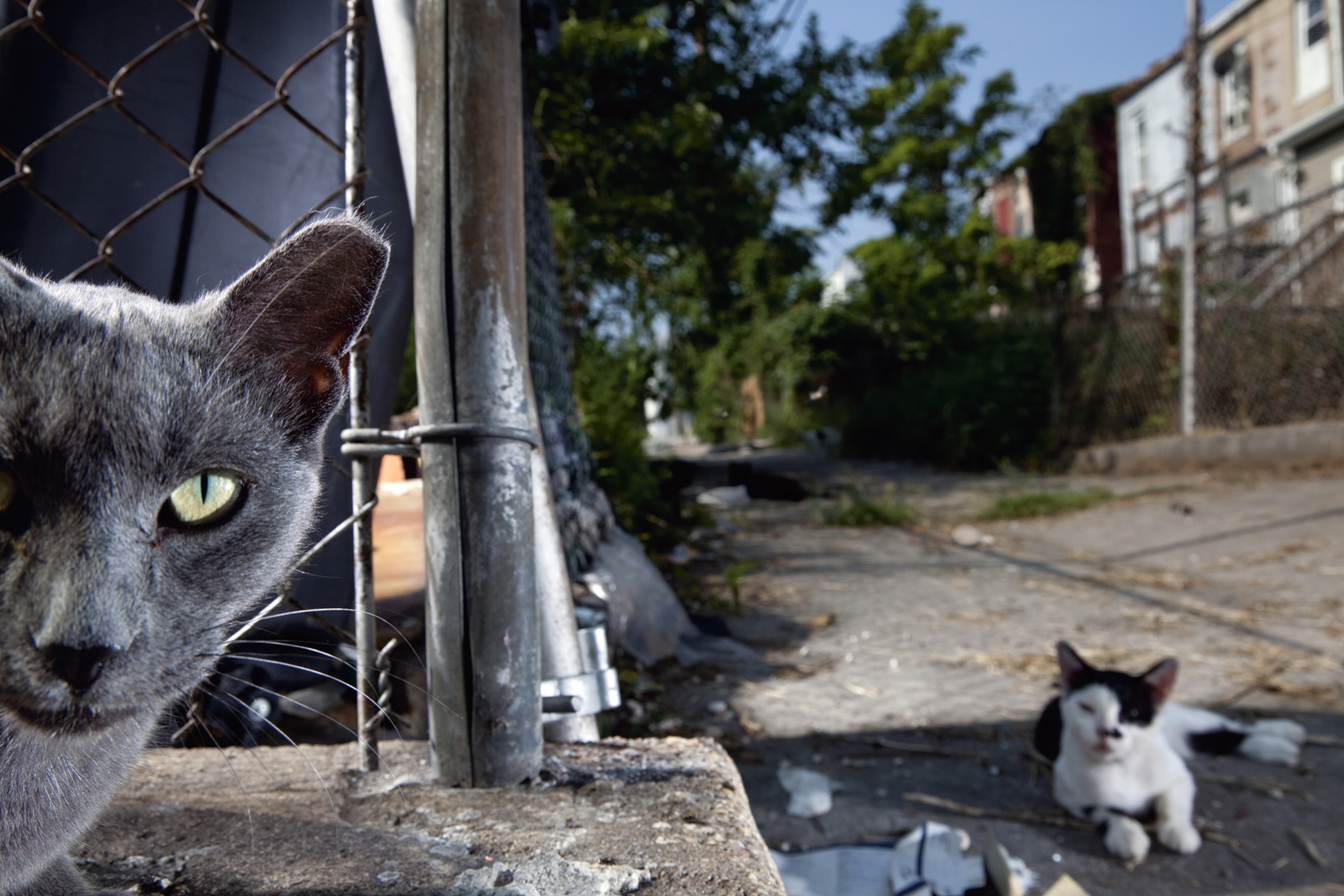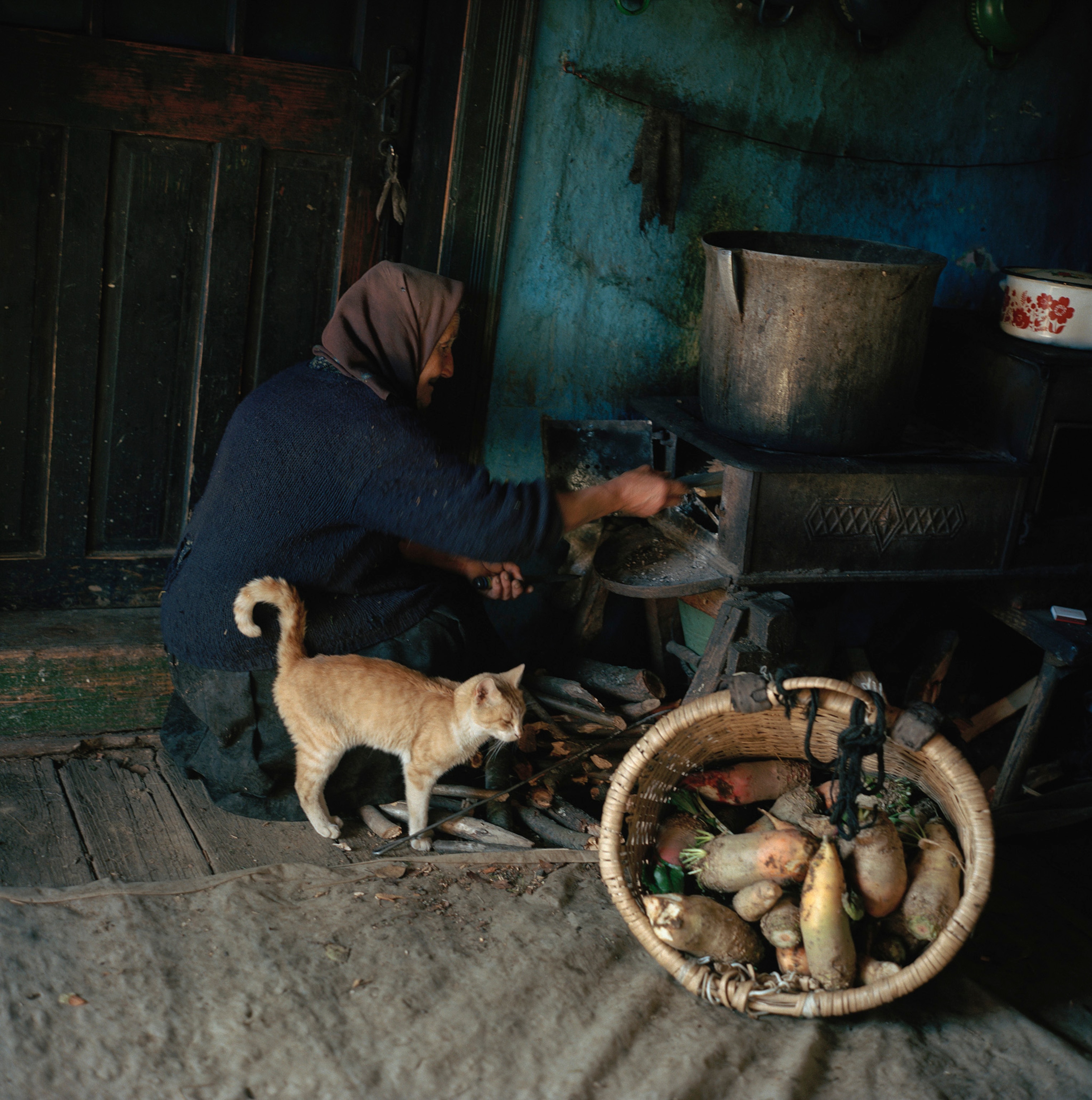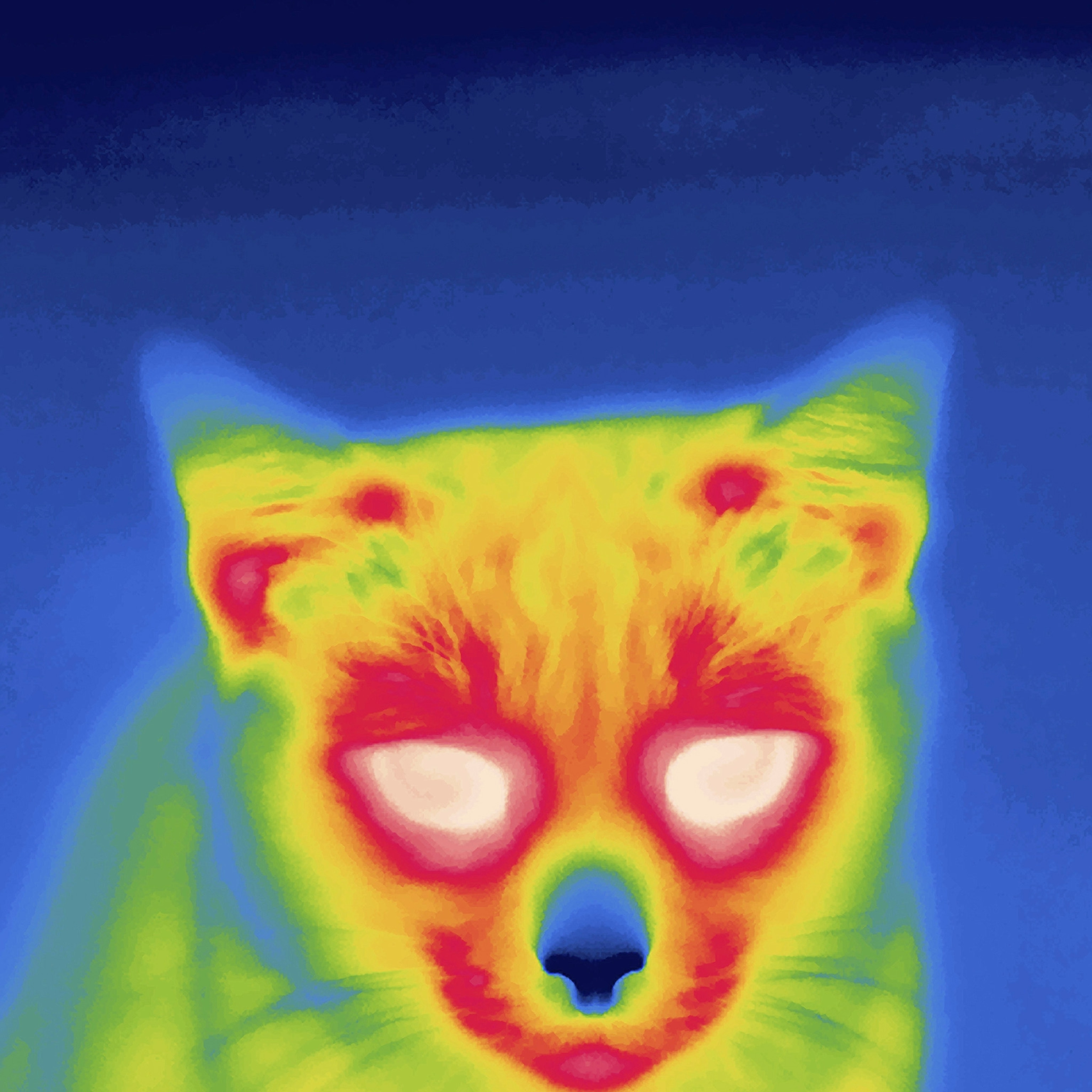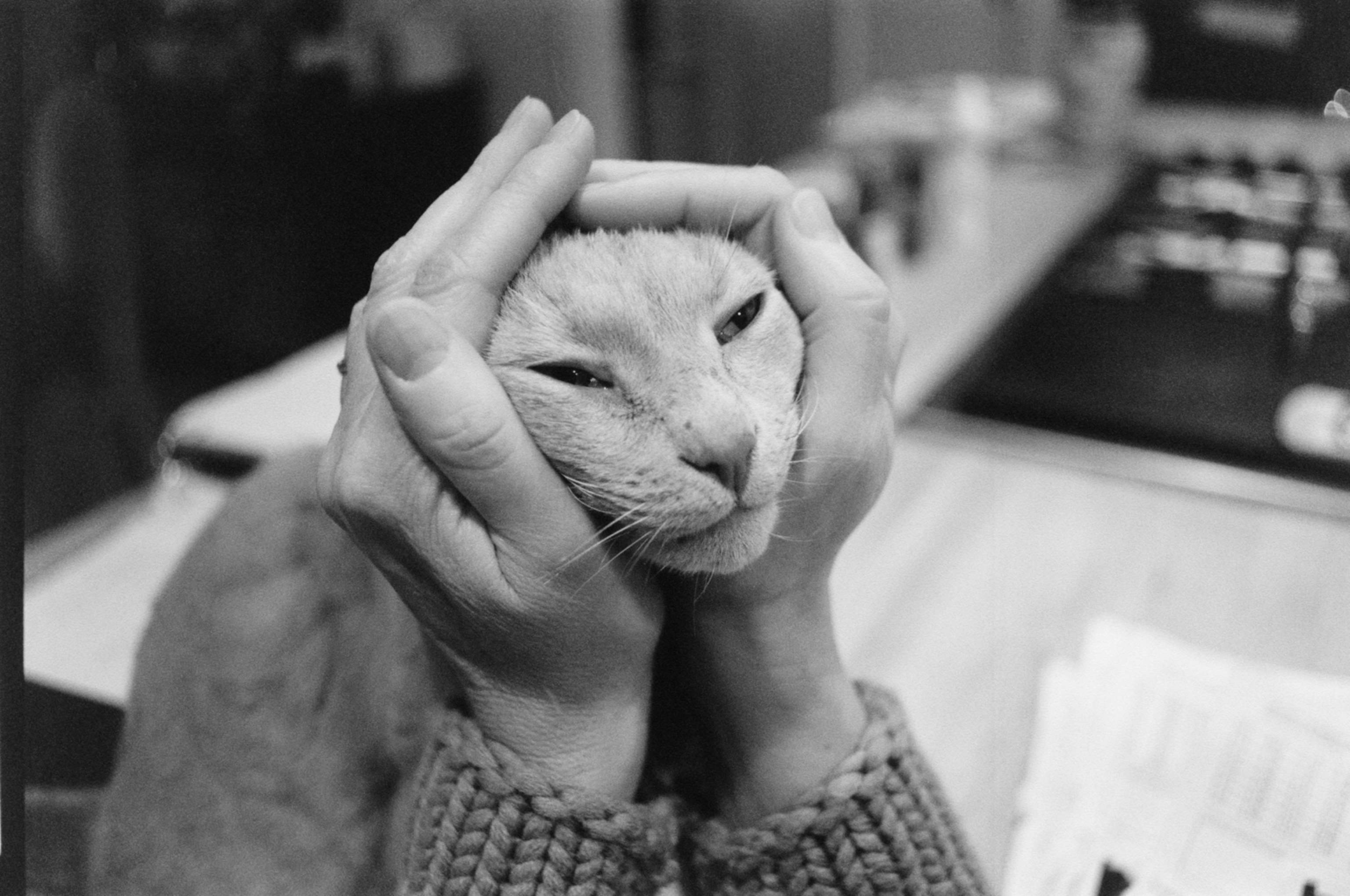Curly-haired pigs and other animals with natural waves
From extra warmth to attracting mates to just looking pretty, curls serve various functions.
With everything ‘80s making a comeback, the perm could be next—but as usual, animals are way ahead of us.
Many domestic animals, such as pigs, horses, and chickens, have been bred to sport wavy locks. There's a genetic trait for curly coats that appear in several horse breeds of various sizes and colors. (Read how horses have consciousness.)
Equines with the gene grow very thick curls in winter, and some so-called "extreme curlies" lose all their hair completely in the summer, says E. Gus Cothran, emeritus professor at Texas A&M University at College Station.
Researchers have found mutations on two different genes that could cause these animals’ kinky coats. But since curly-haired horses in Asia do not have either of those mutations, Cothran says, that means there is one—possibly more—to discover.
Mangalitsa pigs
Mangalitsas, which originated in the 1800s in Hungary and Serbia, nearly went extinct in the 1970s because they weren’t as productive as the favored commercial breeds.
Preservation efforts were successful, and the burly pig with sheep-like wool has made a comeback. (See amazing photos of wild, warty pigs.)
A 2003 study on the history of the rare breed enumerates their strong points, including hardiness, adaptability, and the fact they’re good mothers.
What piglet wouldn’t want to curl up to a woolly mama?
Rex cats
Four domestic cat breeds have curly hair—and share a genetic mutation all their own.
The elegant Cornish rex descends from one kitten born in the early 1950s in Cornwall, England, which even had curly whiskers. (Is everything you think about cats wrong?)
In 1959 a curly-haired feral tom kitten founded the Devon rex breed, which has a petite face and large ears. A Montana rescue cat’s single curly-haired kitten in 1987 gave us the luxurious Selkirk rex. Finally, LaPerm cats, which arose from barn cats in Oregon, are usually born bald or with a straight coat but grow up to have very soft, wavy curls.
See cat pictures from our archives
Gorgon’s head sea stars
Some wild species without hair also sport “curls.”
The Gorgon’s head sea star of the northeastern Atlantic is so swirly and curly, it’s hard to tell where they even begin.
The Gorgon’s head has five arms that branch out from a central disc, says Chris Mah, a marine invertebrate zoologist at the Smithsonian National Museum of Natural History in Washington, D.C. (Learn more about sea stars, also called starfish.)
Each arm has a spinal cord that allows them to extend their arms to catch food and them curl them back in while at rest.
Great curassow
The great curassow, which ranges from southern Mexico to Ecuador, is adorned with crests of black curly feathers that look a bit like VHS tape.
It’s not known if the crimped feathers attract mates in this monogamous species, says Richard Buchholz, a conservation biologist at the University of Mississippi.
“It seems to me that most crested birds elevate or lower them to signal alertness or motivation” to each other, he says.

